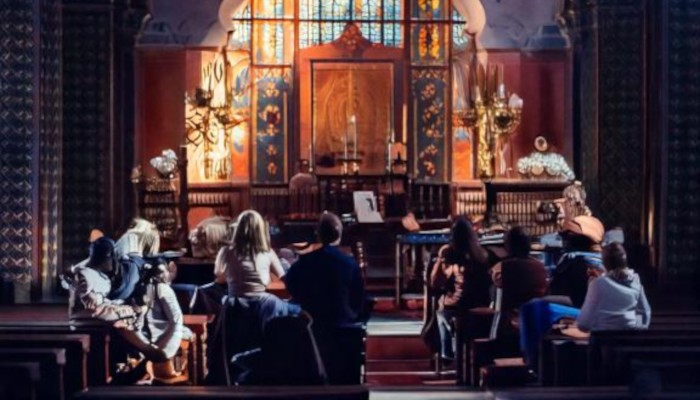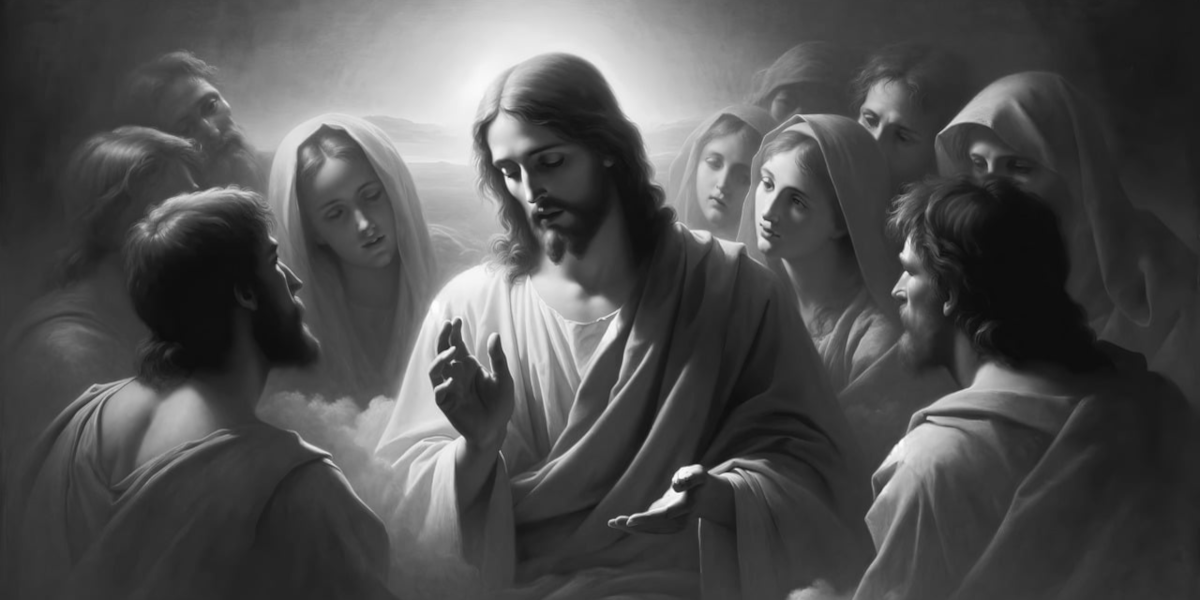Worship is all about connecting with something greater than ourselves. It’s like a dance of spirit and soul, where you tune in to a divine frequency. Across different faiths, worship forms the backbone of spiritual life, offering a structured way to pause, reflect, and realign our inner selves.
Think about how worship has shaped cultures throughout history. From ancient temples in Egypt to the grand cathedrals in Europe, these sacred spaces tell stories of devotion and community bonds that have transplanted through time. This isn’t just about keeping old traditions alive; it’s about experiencing the profound peace and unity that worship can inspire.

On a personal level, worship brings a sense of peace and purpose. It’s like a mental reset button, calming your mind amidst the chaos of everyday life. Studies even suggest that regular worship can enhance mental well-being, lower stress, and build a sense of belonging. It’s not just about the rituals but also the emotions and intentions behind them that create such a powerful impact on individuals.
Exploring Different Ways to Worship: From Tradition to Modernity
When you think of worship, traditional images might spring to mind: a serene church with rows of wooden pews, or a mosque resonating with the rhythm of prayers. These have been the heart and soul of spiritual practice for centuries, offering a familiar comfort to many.
Tradition holds a special place for sure, but there’s something exciting about exploring how worship is adapting to the modern world. Ever attended a digital worship service? With technology making the world smaller, worship has become more accessible than ever before. Online platforms have opened up new spaces for faith communities to gather, bridging distances with shared prayers and songs.
And let’s not forget the arts. Music has always been a powerful worship tool, and today, it’s blending genres and cultures like never before. Whether it’s a grand organ hymn or a rousing gospel choir, music helps elevate the spiritual experience, allowing a deeper connection to the divine.

Nature also plays its part. For some, a quiet walk in the woods or watching a sunrise becomes their sacred moment, offering another way to honor their spirituality. It’s a reminder that worship isn’t confined to four walls but can be as vast and varied as the believers themselves.
The Impact of Worship on Personal and Societal Well-being
Worship does wonders for the heart and mind, offering a sense of grounding in a world that’s constantly in flux. On a personal level, engaging in worship can boost your mental health, giving comfort and direction. It’s not just about the spiritual high; it’s about fostering resilience through the humbling act of seeking guidance and support.
Communities intertwined with the practice of worship often enjoy heightened solidarity and support. There’s something inherently unifying about shared faith experiences, creating a sense of belonging and purpose. It’s in the hands we hold during prayers and the songs we sing together that bonds are formed, encouraging an inclusive environment.

Stories of transformation through worship are as diverse as they are inspiring. Perhaps you’ve heard of someone finding clarity during a silent meditation retreat, or a community initiative blossoming from a church group’s collective effort. These narratives show how worship extends beyond individual gain, driving positive change in society.
Worship isn’t just a personal journey, but a community pillar. It inspires unity and compassion, fueling our drive to create a kinder world. Exploring diverse ways to worship not only enriches individual lives but also enhances societal fabric, making it stronger and more resilient.
